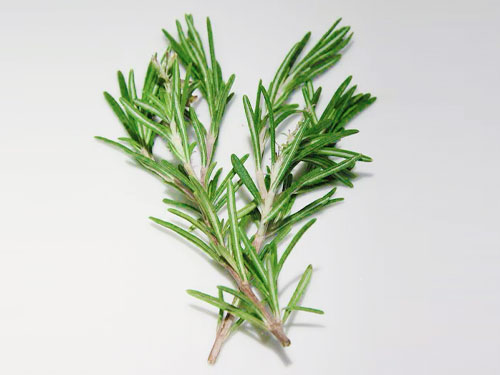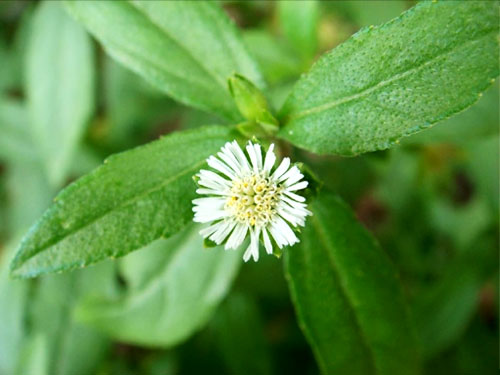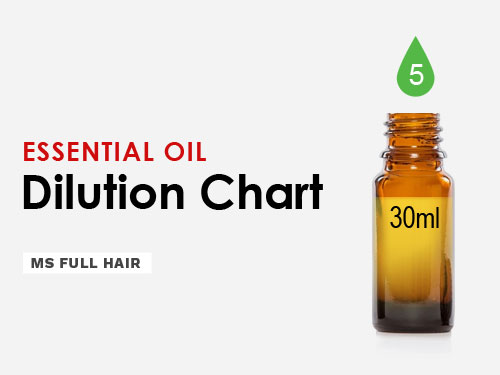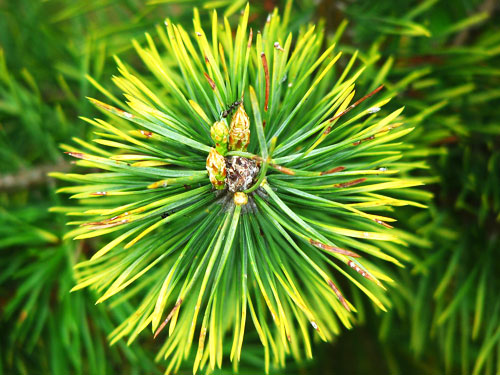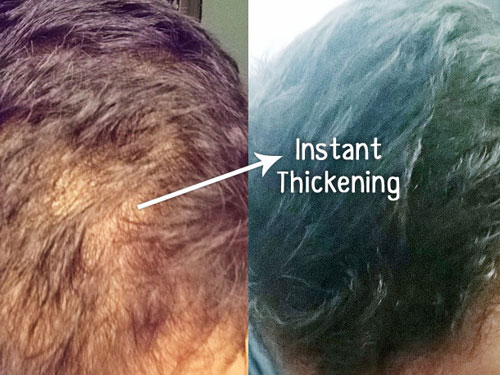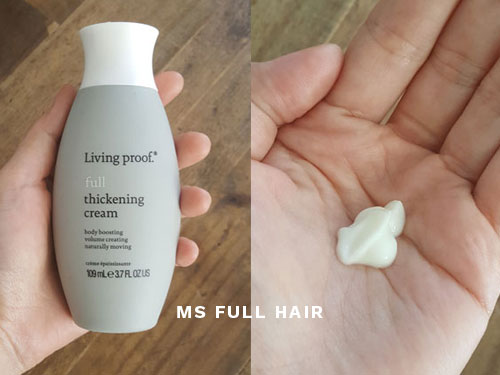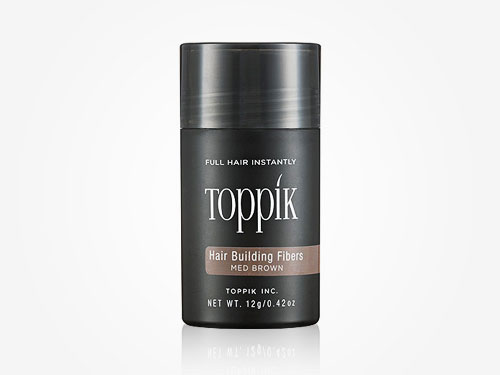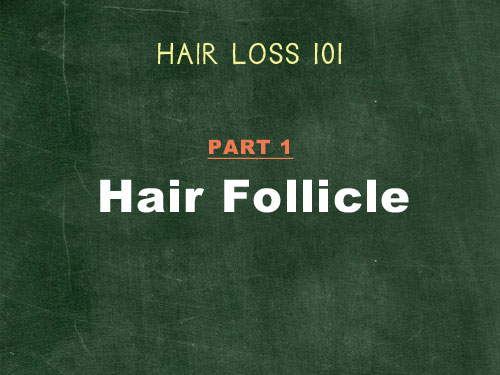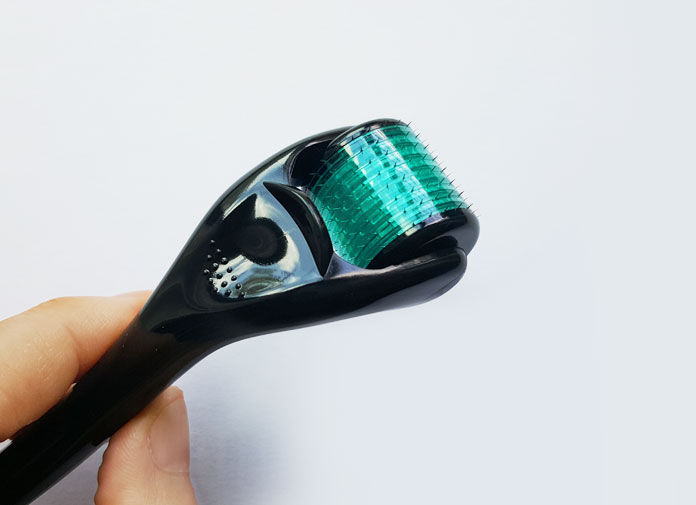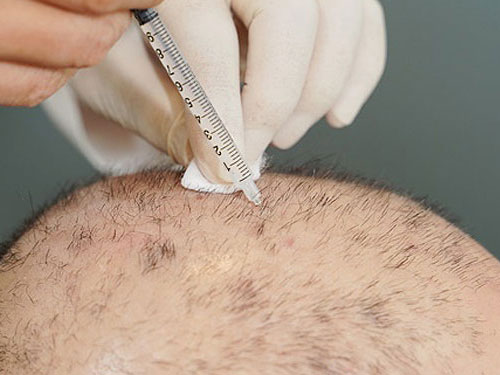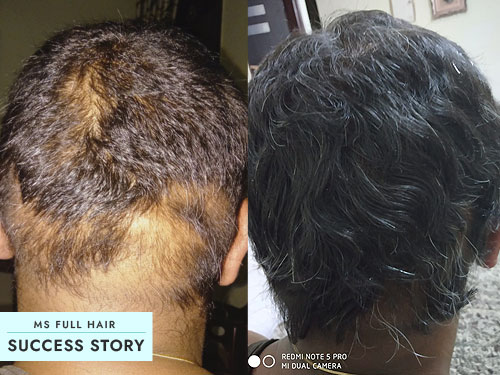Most people that visit our website are looking for information to help with hair loss.
Before going into details about reasons or available treatments for hair loss in women, I believe it’s important to learn these two facts: how each hair follicle is structured and the hair growth cycle.
Why? Because it will give you a better understanding of how a product or treatment approaches the issue of restoring your follicles and help you make the best choices for your specific needs. Let’s get started.
Hair follicle structure and function
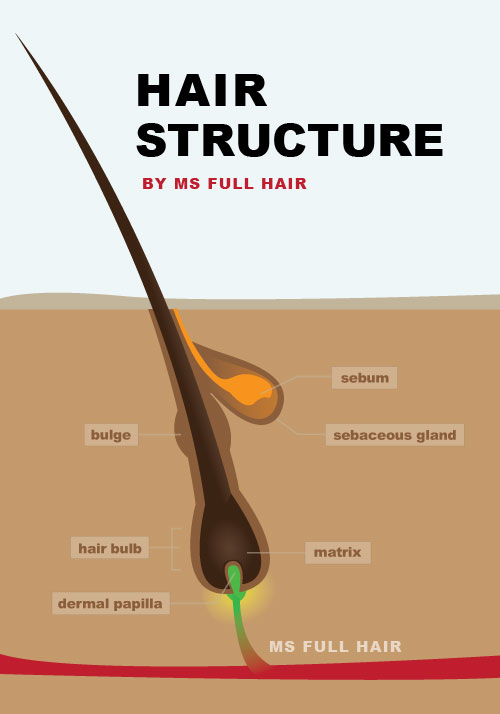
Dermal papilla
The dermal papilla (also called hair papilla) is located at the very bottom of the hair follicle. The papilla is connected to the blood stream, which in turn nourishes the follicle and helps growth by providing oxygen and essential nutrition. The papilla is the foundation of the hair since it controls new hair generation.
Hair bulb
Hair bulb surrounds the dermal papilla at the end of the follicle.
Why is there a white bulb at the end of hair strand?
When you see your hair falling out with white bulb on end, this is an indication that the hair strand was in the telogen phase (resting period) according to about.com. During the telogen phase, your follicle does not grow anymore because it has already been disconnected from a nutritional source. Your hair is just sitting and getting ready to come out anytime. White bulbs at the end of hairs that have fallen belong to this phase. It’s a natural hair shedding process.
Why some hairs have black bulbs instead of white?
While we weren’t able to find clear scientific evidence why some hairs have black bulbs, it is generally known that it means the hair was still in the growth stage known as anagen phase.
Hair shaft
Hair shaft is made of three parts: medulla, cortex and cuticle: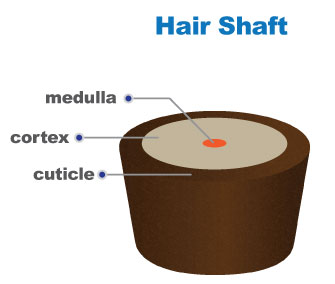
- Medulla: The medulla is located in the inner part of the hair shaft. Interestingly, the medulla can only be found from people with thick and coarse hair.
- Cortex: The cortex is the middle part of the hair shaft. It contains an element called melanin, which holds the color in our hair (brown, black, blonde, red, etc).
- Cuticle: The cuticle is the outer layer of the hair shaft. It contains 6 to 8 layers of overlapping cells. These overlapped layers act as protection for our hair shaft. Another important function of the cuticle is that it holds water to add shine to our hair. When we over-style our hair (perming, coloring, excessive-hair brushing or drying too long with hot air) the cuticle cells get damages.
Difference between hair shaft and hair follicle
“Hair shaft” and “follicle” are interchangeably used words. Both terms basically mean hair, but actually refer to a different part of the hair to be specific. “Hair follicle” generally indicates the part inside the scalp, while “hair shaft” refers to the visible part that is outside the skin (the part we are able to see).
Sebaceous gland & sebum
The sebaceous gland is located right next to the follicle. You have probably seen a word called “sebum” while searching for information about hair loss solutions. The sebaceous gland is the part that produces sebum – aka natural hair oil.
Sebum is made of four substances: wax, triglycerides, fatty acids, and squalene. This natural oil is important because it makes our hair (and skin) stay moisturized while also providing Vitamin E to the outer layers. Excessive sebum can make your hair very oily and cause possible hair loss.
Hair growth cycle
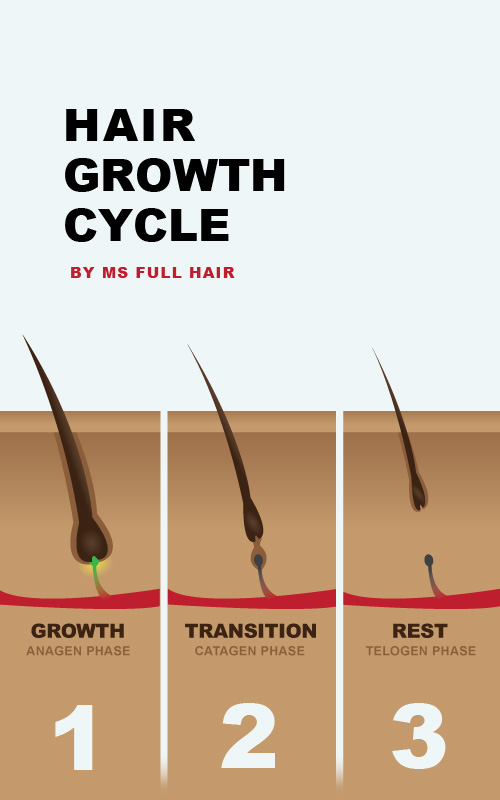
Our hair goes through three different phases called anagen, catagen, and telogen. Each hair strand has its own hair growth cycle. On average, there are about 90,000 to 150,000 hairs on the human head. The average varies depending on your hair color.
According to wiseGEEK, blondes have about 140,000 hair strands, which are the highest. People with brown hair have about 110,000, black hair 100,000 and the red hair has the least amount of hair strands at 90,000.
Let’s take a close look at each phase:
1. Anagen phase
The first phase our hair growth cycle is called the Anagen phase. A simple definition of the Anagen phase can be described as “growth”. During this stage, the cells in the dermal papilla are divided to create a new hair follicle. The follicle is strongly connected to dermal papilla and receives essential nutrition for the hair to grow strong and healthy. This phase lasts from two to six years, but the exact duration of the anagen growth stage depends on hereditary factors.
Do you remember seeing photos of some women having crazy long hairs? This is possible because their hair has the longer anagen phase than most of us. In the same sense, women whose hairs do not grow any longer after it reaches a certain length is due to the shorter anagen phase.
How can I increase anagen growth phase of hair?
Supplements such as MSM are known to extend the anagen phase and promote the faster hair growth. We found this article from the hair loss help forum talking about the relation between MSM and faster hair growth. Based on the book, the Miracle of MSM written by Dr. Stanley Jacob, 100% patients treated with MSM experienced increase in hair growth.
Anagen phase – Summary of facts:
- Known as the growth stage
- Length of time: 2-7 years (determined by genetic factors)
- 85 – 90% of our hair in this phase
2. Catagen phase
The catagen phase is the transitional period between anagen and telegon and it lasts only two to three weeks. During this stage, the hair follicle is slowly detached from the dermal papilla, the ultimate nutritional source of the follicle. As a result, the follicle starts shrinking and distancing itself from the papilla to form a shape known as club hair. Hair is still intact in the skin.
Catagen phase – Summary of facts:
- Known as the transitional stage
- Length of time: 1-2 weeks
3. Telogen phase
This is the final stage of the hair growth cycle. To put it simply, think of Telogen as a shedding phase of the hair growth cycle. During this phase, your dermal papilla is resting for the next new hair growth cycle and hair follicles are loosely attached to the skin.
When you see hair falling out while washing your hair, most of those hairs are the ones from the Telogen phase. Telogen lasts about two to four months. Hair loss types such as telogen effluvium is closely related to this phase.
Telogen phase – Summary of facts:
- Known as the resting stage
- Length of time: 5-6 weeks
We hope this article gave you a better understanding about your hair follicle structure, how your hair is formed and different growth cycles the hair goes through.


